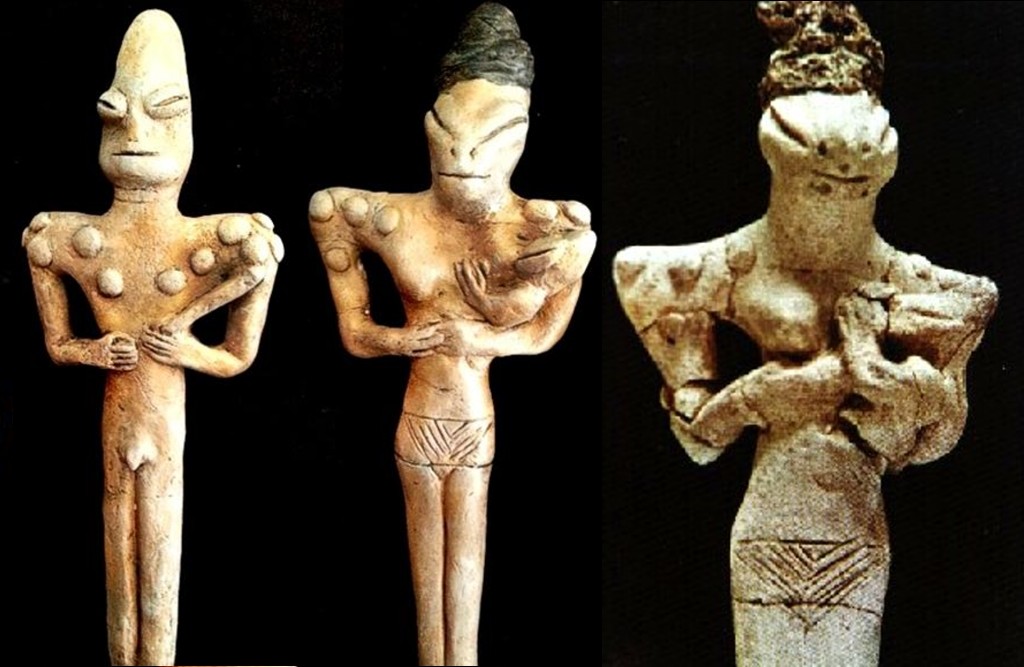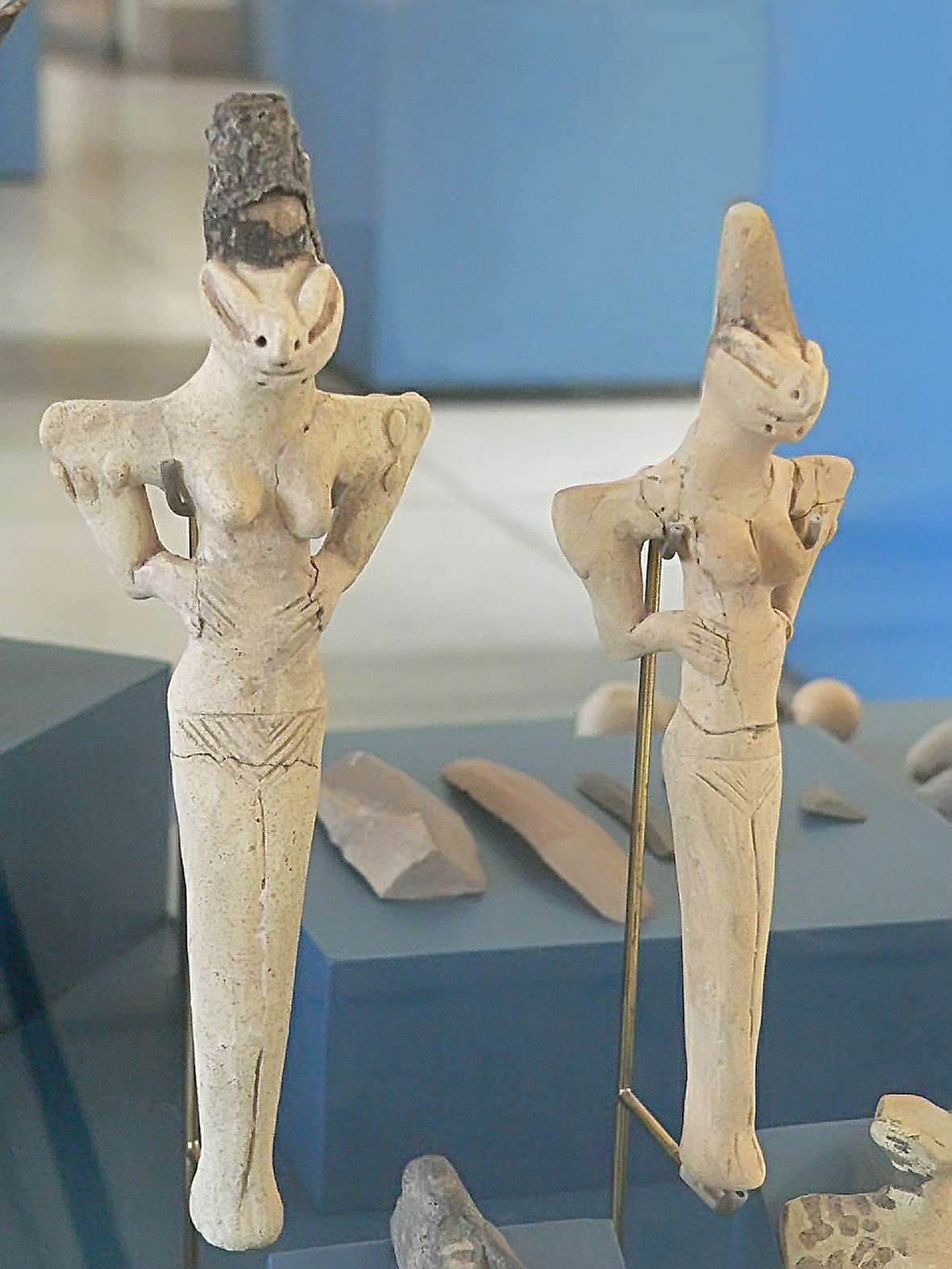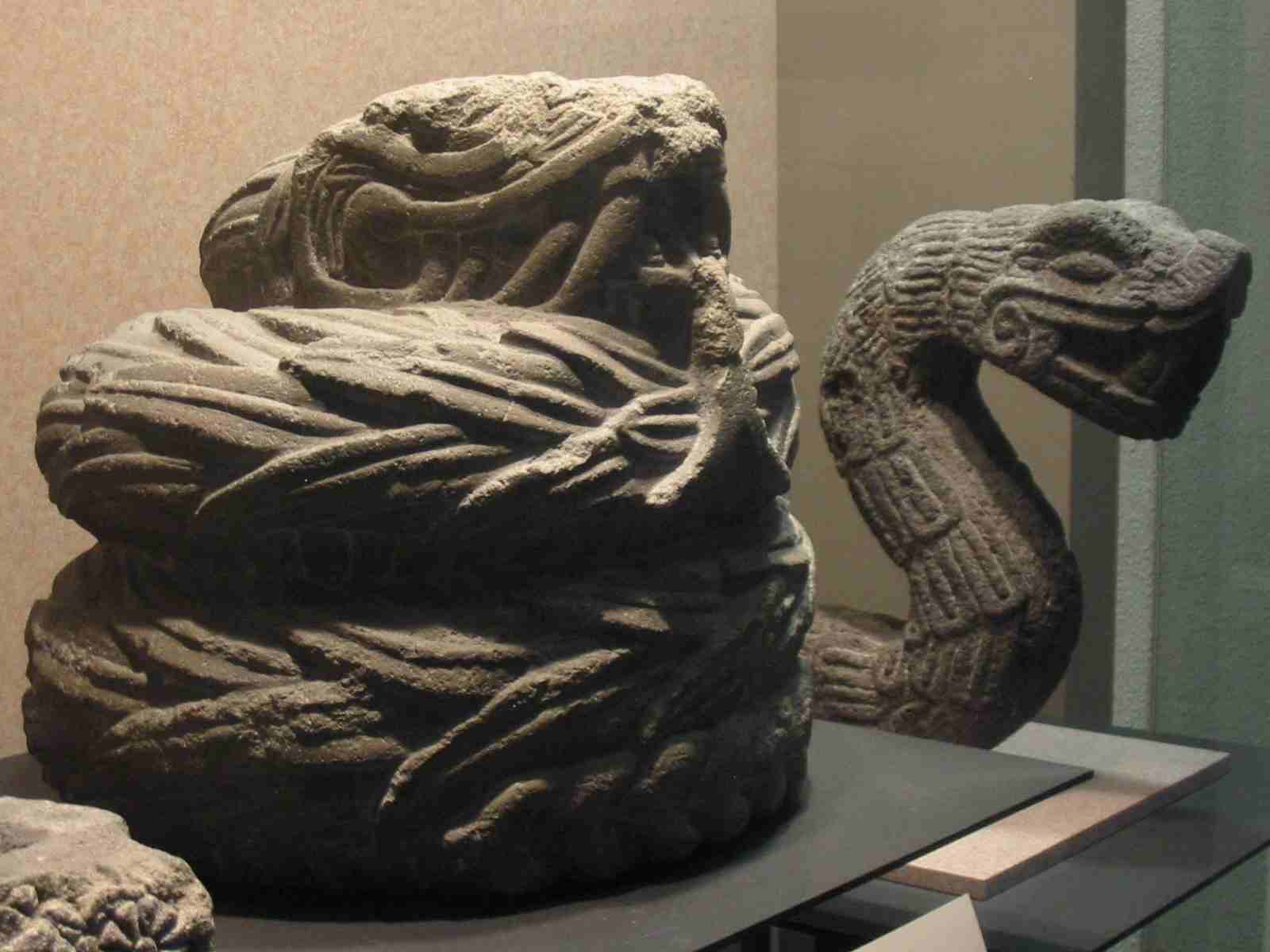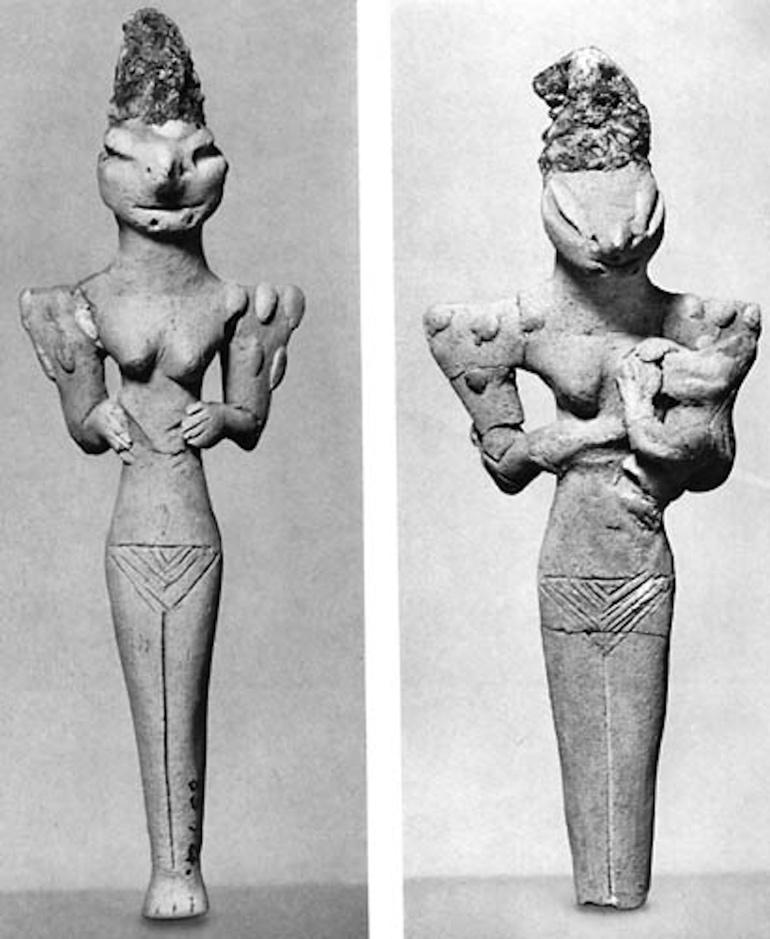It is widely recognised in mainstream archaeology that civilisation began in Iraq, in ancient Mesopotamia, with the vast Sumerian civilization. There is, however, an archaeological find at the Al Ubaid archaeological site, where several pre-Sumerian 7,000-year-old artifacts portraying humanoid creatures with lizard features were discovered. Yes, we’re talking about genuine male and female reptile statues seen in a variety of poses.

Ubaidian civilisation
The Ubaidian civilisation was an ancient Mesopotamian culture that existed between 4500—4000 BCE. The origins of the Ubaidians, like those of the Sumerians, are unknown. They lived in huge village communities in mud-brick homes and had sophisticated architecture, agriculture, and irrigated farming.
Large T-shaped homes, wide courtyards, paved walkways, and food processing equipment were all part of the domestic architecture. Some of these settlements grew into cities, and temples and massive structures began to appear, such as in Eridu, Ur, and Uruk, the Sumerian Civilization’s key sites. Ur was thought to be the earliest city, according to Sumerian literature.
Tell Al’Ubaid is the major location where the strange artifacts were unearthed, however figurines were also discovered at Ur and Eridu. In 1919, Harry Reginald Hal was the first to dig the site. The Al’Ubaid site consists of a tiny mound roughly half a kilometre in diameter and two metres above ground.
The mysterious lizard figurines

Male and female figurines were discovered in various poses, with the majority of the figurines seeming to be wearing a helmet and having some type of padding on the shoulders. Other figures were discovered holding a staff or a sceptre, presumably as a symbol of justice and authority. Each figure has a unique stance, but the oddest is that some female statues hold newborns breastfeeding milk, with the newborn also depicted as a lizard-like creature.
The figures have long heads, almond-shaped eyes, long tapering faces, and a lizard-like snout. It’s unclear what they’re supposed to represent. Their poses, such as a female figure breast-feeding, do not imply that they were ceremonial items, according to archaeologists.
Although we know that the snake was a prominent symbol in many civilizations to symbolise a variety of Gods, many archaeologists believe that these lizard-like creatures were not worshipped as gods. So, what were these lizard figurines meant to represent?
Whatever they were, they appeared to be significant to the ancient Ubaidians. As William Bramley notes, the Serpent was a prominent symbol used in various civilizations to symbolise a multitude of gods, such as the Sumerian deity Enki, and the serpent was subsequently adopted as the emblem for the Brotherhood of the Snake. Is there a connection between the snake symbol and lizard representations?
Similar creatures appeared in many cultures around the world

Researchers investigated the matter and discovered an intriguing idea. We know that the Hopi Indians of northern Arizona have legends dating back hundreds of years about their “Snake Brothers” constructing underground cities throughout Arizona, Mexico, and Central America. Furthermore, the Toltec Mayan God of Gucumatz was sometimes referred to as a “serpent of wisdom,” who had a part in educating humans.
The Cherokee and other Native American tribes have stories about a race of reptiles as well. As a result, it would not be a leap to believe they could have done the same in other regions of the world.
In India, a few texts and traditions mention the Naga, who are reptilian creatures who reside underground and frequently interact with humans. Indian writings also mention a group of men known as the “Sarpa,” a reptile race with snake-like noses and serpentine legs.

Tales of the Kappa, a reptile humanoid, may be heard throughout Japan. In the Middle East, where the sculptures were discovered, there is also evidence of a reptile race, as well as reptilian-like individuals ranging from Jinn to dragons and serpent-men. A snake race is detailed in considerable detail in the lost Book of Jasher.
Who are the mysterious lizard people?

Many people are reminded of an item that ran in the January 27th issue of the Los Angeles Times when they hear about these sculptures. The headline read, “Lizard People’s Catacomb City Is Being Hunted.”
The plot revolves around a long-lost city of catacombs with immeasurable wealth and documents of an advanced species of people. G. Warren Shufelt, a geophysicist and mining engineer, got preoccupied with uncovering the buried city beneath Fort Moore Hill in the hopes of revealing the Lizard people’s secrets.
Mr. Shufelt thought that hidden in the catacombs were gold tablets carrying information that would prove beneficial to the human race, as The Lizard People were of a far better intellectual calibre than current humans. He was so certain that he dug a 250-foot hole into the ground.
Mr. Shufelt used radio X-rays to sketch out what he thought was the pattern of the ancient city’s tunnels and vaults. Large chambers in the domes of the hills above the city of labyrinths housed 1000 families.
He wasn’t sure that the maze of tunnels previously belonged to the Lizard people until he saw Little Chief Greenleaf in the Hopi Indians’ medicine lodge. Mr. Shufelt was certain he’d discovered one of the lizard people’s underground towns after Chief Greenleaf informed him about them. In fact, Mr. Shufelt realised that the city itself resembled a lizard after analysing the layout of the tunnels.
According to legend, the Lizard People possessed one key chamber that served as a directory to all areas of the city. Furthermore, the tale claims that all of the city’s records were to be stored on gold tablets four feet long and fourteen inches broad.
Final words
While conventional science dismisses the concept of a Reptile race, they are unable to come up with a better explanation for these 7,000-year-old reptilian statues. Those of us who think outside the box believe that most of the riddle has already been solved.



